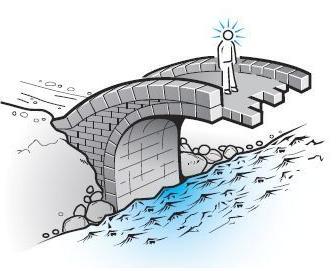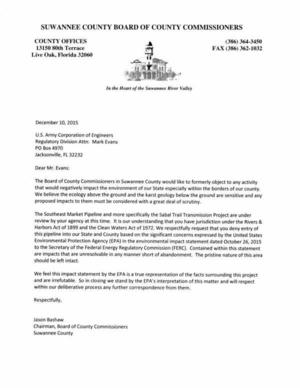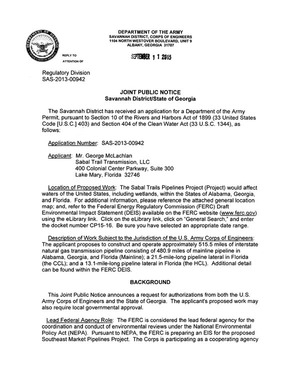 They did
fix the two typos,
but they didn’t approve or send the letter, as you can see in
their own video.
Here’s more discussion of why they should send such a letter, and pass another resolution.
They did
fix the two typos,
but they didn’t approve or send the letter, as you can see in
their own video.
Here’s more discussion of why they should send such a letter, and pass another resolution.
For more details, see previous blog post and Carl McKinney, Suwannee Democrat, 10 Dec 2015, County not sending pipeline opposition letter.
Regarding
Commissioner Gamble Wainwright’s comment that
“my business depends increasingly on energy”
OK, but
“energy is going to cost more and more money”,
sorry, not so.
See Continue reading









